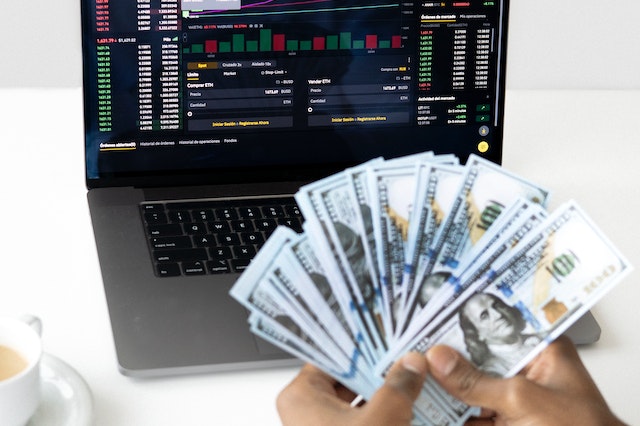The Wall Street–Main Street dichotomy is a polarizing one. Financial extremists tend to assume that anything beneficial to Main Street will also hurt Wall Street, while the opposite is true as well.
AI trading algorithms can sift through large data sets at lightning speed, detecting patterns that human traders may miss.
Table of Contents
How AI Trading Bots Work?
AI trading bots are automated programs that execute trades based on preset trading strategies. They are particularly useful to newbies and inexperienced traders, who can rely on them to trade smartly and tirelessly for them. You can visit quantumaitrading.net to get more information.
There are a variety of AI stock market trading bots available to users. Some are free, while others are paid. Those that are paid can range from simple rule-based bots to complex neural networks or LSTM.
One of the most popular AI stock market trading bots is Trade Ideas, which provides statistically weighted trade entry and exit signals that can be linked up to many brokerage accounts. The platform also offers a simulated environment to help users get comfortable with the technology before they invest real money. However, it is essential to do thorough research before deciding on any particular AI stock market trading bot service.
Mean Reversion
In mean reversion trading, traders look for prices that deviate far from the average for a given market and time frame. Day traders use indicators in their trading platform to find the market’s average price and then look for large movements away from it intraday, while swing and long-term investors use charts to identify market extremes that might last days or weeks.
Mean reversion can also be applied to other factors like interest rates or a company’s P/E ratio. Investors will try to buy assets that are cheaper than the industry average and short those that are overvalued. This strategy is often called pairs trading.
Another way to approach mean reversion is to use statistical tools to track the average movement of an asset and then develop a trading system that trades when the deviation is greater than an established threshold, such as three standard deviations. However, there are many reasons why an asset might move far from its average, so a high-sigma event may not be as reliable as it sounds.
Artificial Intelligence in Trading
As artificial intelligence continues to evolve, it’s impacting all aspects of our lives, including trading. AI is a major player in online stock trading and will grow significantly in the future.
Unlike traditional algorithmic trading, which requires programmers to create a set of if/then rules, AI trading can learn on its own. This allows it to automate the process, which reduces research time and makes trading more efficient.
It can also identify trading patterns that may go unnoticed by humans, improving accuracy and precision. Additionally, it eliminates emotional biases, such as fear and greed, which can influence trading decisions.
However, it’s important to note that AI trading has some limitations. For instance, it cannot overcome the large-size trading limitation. This means that if you sell 100 shares, the price will react differently than if you sold them in bulk. The same is true for risk factors, which is why it’s crucial to back-test your AI trading algorithm before putting it into practice.

Review From Wall Street to Main Street: Demystifying AI Trading Algorithms. Cancel reply